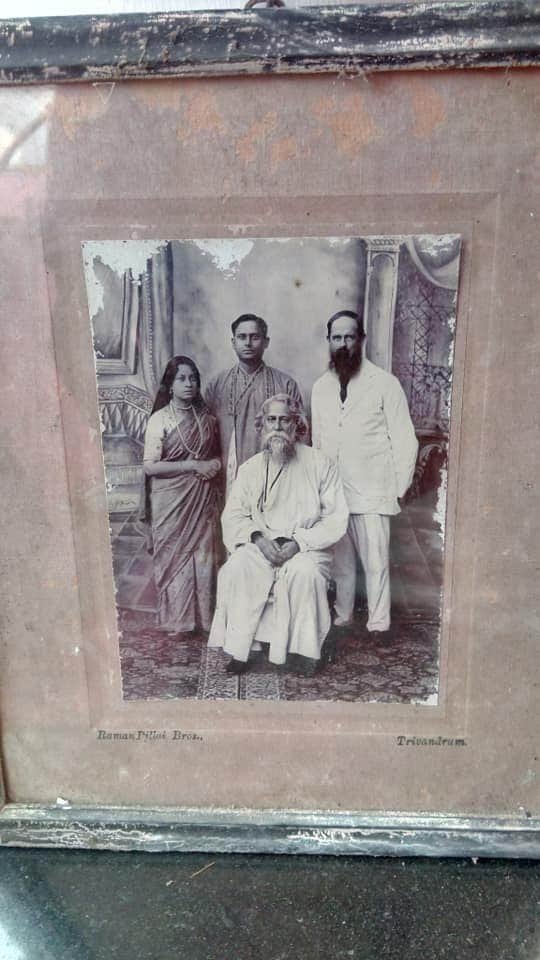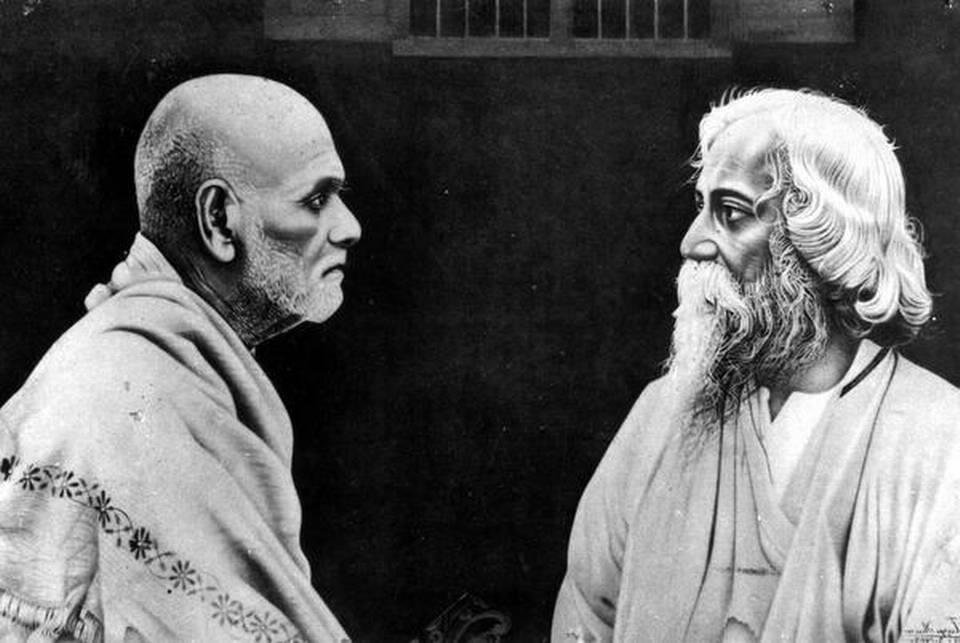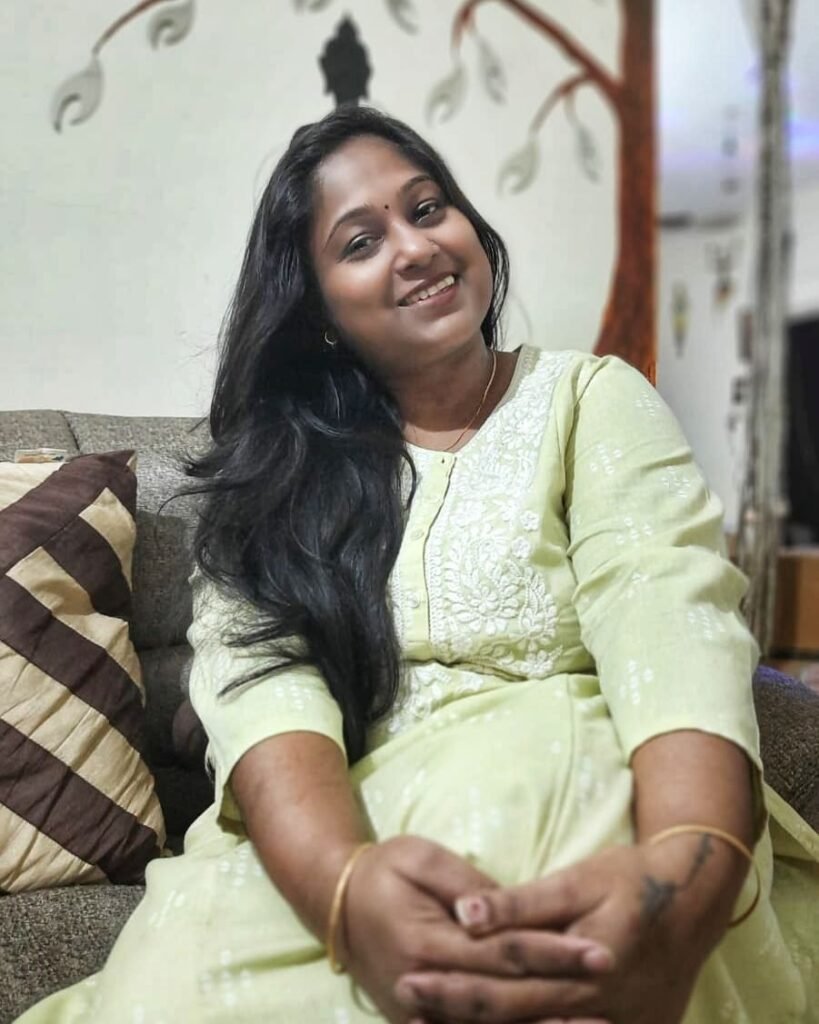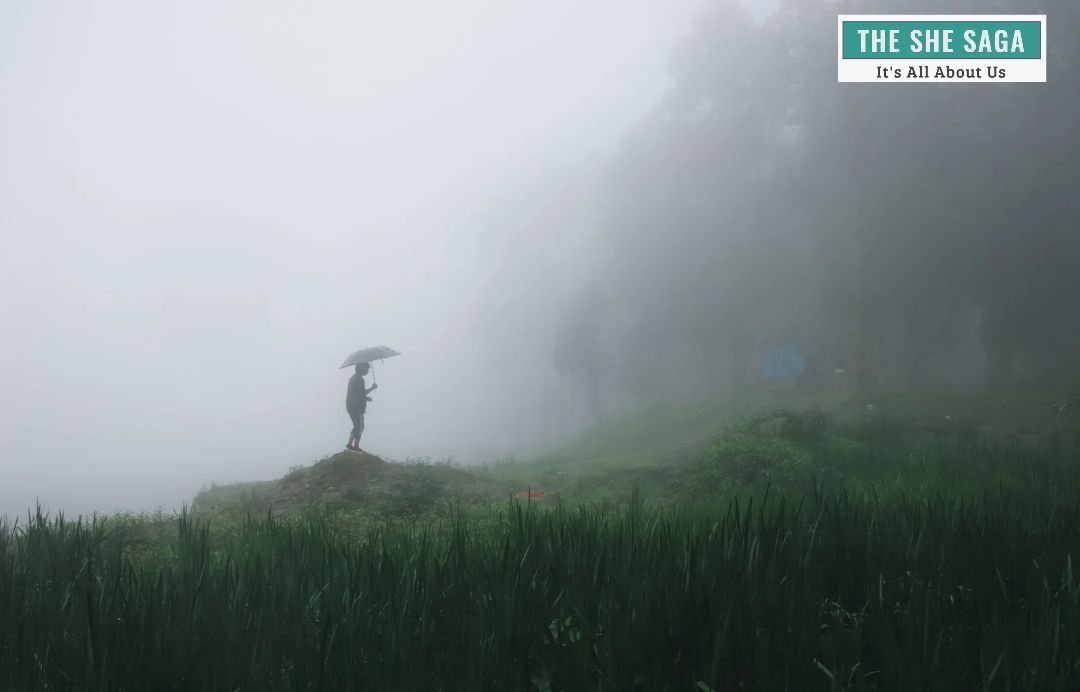Fondly called Gurudev, Tagore wasn’t just a poet but also a philosopher who urged us to connect
with humanity and go beyond our own lives. A Nobel Prize Laureate for Literature, he established the Vishwa Bharati University at Shantiniketan in Bengal. He was a visionary who composed the national anthems of India and Bangladesh and also inspired the national anthem of Sri Lanka. Picking up the brush at the age of 63, Tagore became an accomplished painter and described his art as a “love affair in old age.”
As we commemorate his 162nd birth anniversary, it’s worth revisiting his historic visit to
Thiruvananthapuram – an occasion that was celebrated with great fanfare last year on its centenary.
Formerly Trivandrum, the city is referred to as Ananthapuri or “The City of Bliss” in literature,
derived from the Sanskrit word “Syanandurapuram”. The Land of Anantha, the coiled snake that
guards Lord Vishnu, was also the headquarters of the erstwhile princely state of Travancore, and the current capital of Kerala.
In 1922, Tagore was travelling across India to raise funds for the establishment of Vishwa Bharati University in Shantiniketan when he received an invitation from the Maharaja of Travancore, Sree Moolam Tirunal Rama Varma. Accompanied by his son, Rathindranath Tagore, daughter-in-law Pratima Devi, close friend and secretary ‘Deenabandhu’ C.F. Andrews, Tagore arrived in Thiruvananthapuram on November 9, 1922, after completing a tour of Mysore, Madras, and Bangalore.
A grand reception awaited Gurudev
Tagore and his family were given a grand welcome by two groups – one led by eminent lawyer Mr.
Malloor Govindappillai for the general public, and the other led by Dewan Raghavaiah, the Head of
the Government, representing the palace. They were accommodated at Thycaud guest house, where they were treated with royal hospitality.
The welcome ceremony was held on the spacious open ground near the Victoria Jubilee Town Hall (present-day Ayyankali Hall), which was adorned with a grand three-storied pandal for conducting the reception and two days of lectures. Doctor Palpu (pioneer Doctor), Kumaran Ashan (noted poet), Sahodaran Ayyappan (social reformer) and Nataraja Guru (philosopher) hosted the event. The event was open to the public, and entry was permitted solely through tickets. The sandy path leading to the venue was covered with a carpet and adorned with flowers, creating a festive atmosphere.
The historic occasion was marked by a series of events and felicitations. Mahakavi Kumaranashan composed a beautiful song, ‘Divya Kokilam,’ in honour of Tagore, which was melodiously sung by C. Keshavan, a renowned poet and Chief Minister of Thiru-Kochi state. One of Tagore’s plays was also performed on stage, accompanied by a welcome song in Tamil sung by C. Lakshmanan. Additionally, celebrated poet Ulloor S. Parameswara Iyer submitted Mangalapatra, a piece written in English.
Tagore’s visit was not just limited to cultural events but also included meetings with prominent
figures. He visited the Krishna Vilasam Palace to meet the Maharaja, who presented him with a
purse. The Travancore royal family hosted feasts for Tagore and his entourage and donated a large sum of money to Vishwa Bharati University. Tagore also travelled in a decorated palanquin, accompanied by a procession of elephants, a musical orchestra and people to the Attingal Palace and Varkala Sivagiri Math.

The Guru meets the Gurudev
At Sivagiri Mutt, Tagore was welcomed by Shree Narayana Guru, a spiritual leader and prominent
social reformer of Kerala, who showed him great hospitality. The Guru personally received Tagore,
which was an unusual gesture, and their meeting was momentous as the Guru of Kerala met the Gurudev of Shantiniketan. Tagore was so impressed by the light meal served to him at Sivagiri that he later remarked it was the best he had ever eaten.
Due to his Bengali-accented Sanskrit, Tagore had concerns about communicating effectively with the Guru, but Kumaran Aasan served as an interpreter between them. After their meeting, Tagore said of Guru Narayana, “I am sure that I shall never forget that radiant face shining with divinity and those yogic eyes fixed somewhere on the distant horizon.” President Ram Nath Kovind recently said in a joint session of Parliament, “The noble thoughts of Shri Narayana Guru inspire the vision of a new India; moving forward to the ideals of Gurudev Tagore.”
Subsequently, Tagore travelled to Kollam, Alappuzha, and Ernakulam, where he was hosted by the Aluva Advaita Ashram at a grand reception. A Sanskrit poem titled Swagata Panchakam was presented by Kumaranashan. Tagore also visited the Tripunithura Palace, where he was presented with a purse by the Maharaja of Kochi. He visited Maharaja’s College and UC College, planting a mango sapling in front of the latter. Many years later, when the UC teachers and students visited Shantiniketan in 1935, Tagore humorously asked, “Why didn’t you bring four or five mangoes then?”

Aasan’s poetic tributes
Mahakavi Kumaranashan paid a poetic tribute to Rabindranath Tagore during his visit to Kerala. In
the poem ‘Divyakokilam’, Aasan compares Tagore’s rare poetry to a ‘divine cuckoo’ and imagines his body glittering with gold dust as stars sing through the cosmic garden. The poem Swagatha Panchakam, written in Sanskrit, welcomes Tagore to Kerala’s Sahyaparvata with verses praising the forests, the river Periyar, nature’s music hall – the Arabian Sea, coconut trees, and the Aluva river. Aasan also writes of the sight of Tagore standing with his ‘Sharalsakha’ CF Andrews, which made his eyes happy.
Impact of Gurudev’s historic visit
Tagore’s visit created quite a stir in Kerala. Inspired by Gurudev, many studied at Shantiniketan and went on to become prominent names in the state, including K.C. Pillai, Mitranikethan Viswanathan, famous Gandhian G. Ramachandran, Guru Gopinath, C. Gopinathan Nair, Shantiniketanam Krishnan Nair and danseuse Mrinalini Sarabhai.
Gurudev Rabindra Nath Tagore envisioned an ideal land where “Chitto jethai bhoy shunno, uchcha jethai shir” (Where the mind is without fear, and the head is held high). On this auspicious day of Gurudev Rabindranath Tagore’s birth anniversary, let us strive to embody his vision of a society where fearlessness and self-respect reign, and work towards making them a reality.
Picture Credit: Writer gives credit to Prathap Kizhakkemadam, internet & social media

By Deepa Perumal
Deepa Perumal is an MBA student & management professional, and a passionate advocate for women’s empowerment. As a career mentor, entrepreneur, and multilingual author, she shares her insights through blogging and writing features on history, world cultures, travelogues and memoirs. Contact her at deepabperumal@gmail.com

















One Response
Superb article. Well summarised